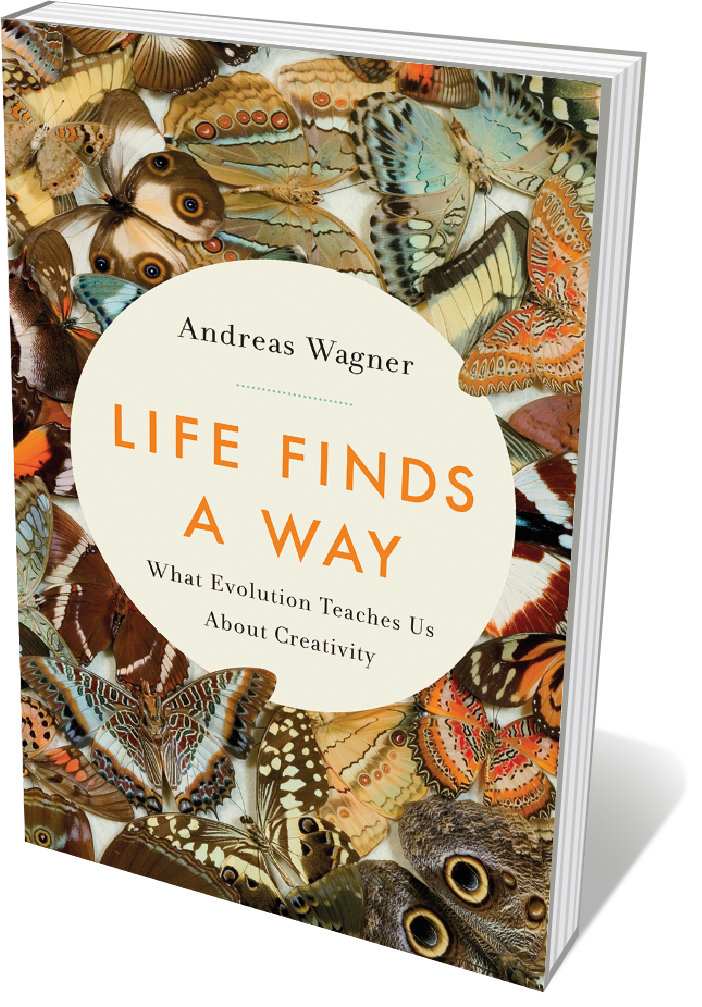
Andreas Wagner Basic (2019)
From gut microbes to elephants, the embodiments of evolution are marvels of innovation. So writes biologist Andreas Wagner, whose eloquent study finds the “augmented” view of Darwinian evolution echoed in the ‘landscape thinking’ of human creativity — the mental exploration of possibility. Wagner meshes research into areas such as genetic drift with theories on aspects of the creative process (such as serendipity) seen in luminaries from radioimmunoassay inventor Rosalyn Yalow to artist Pablo Picasso, and shows how such a mindset can solve real-world problems.
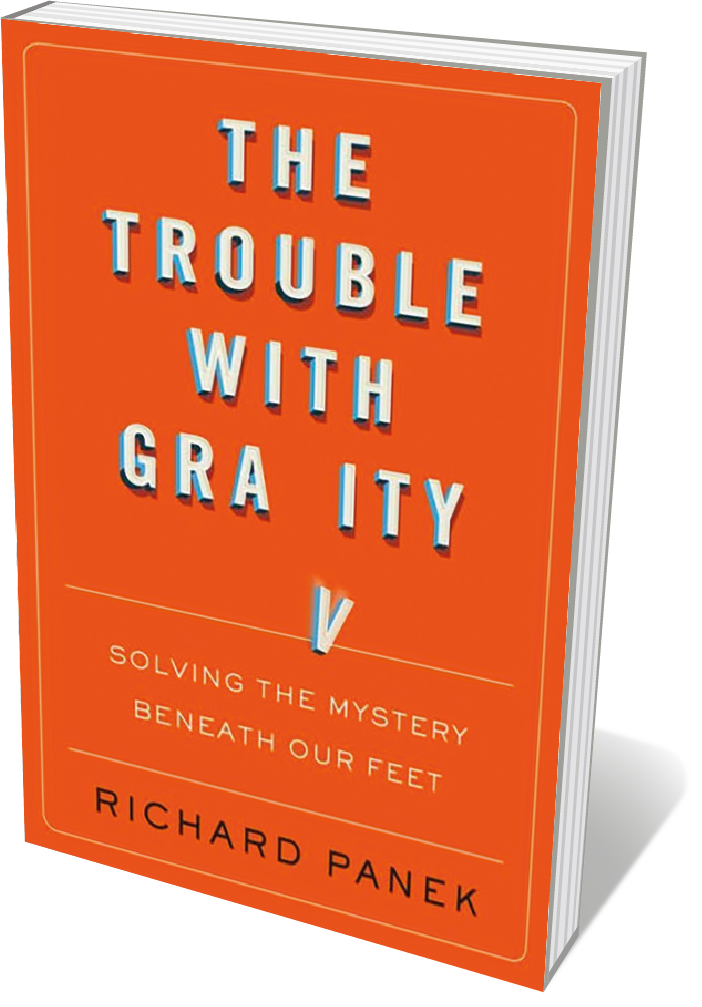
Richard Panek Houghton Mifflin Harcourt (2019)
Gravity is, scientifically speaking, an enigma. We know that it is a weak force with infinite reach, pulling at matter to form bodies from black holes to galaxies — but that is what it does, not what it is. Science writer Richard Panek follows the evolution of gravitational theories through time, from Aristotle (arguably the first to question why things fall on Earth but heavenly bodies stay aloft) through the momentous discoveries of Galileo Galilei, Isaac Newton and Albert Einstein. He also touches on insights from the likes of poet Dante Alighieri and philosopher-physicist Ernst Mach.
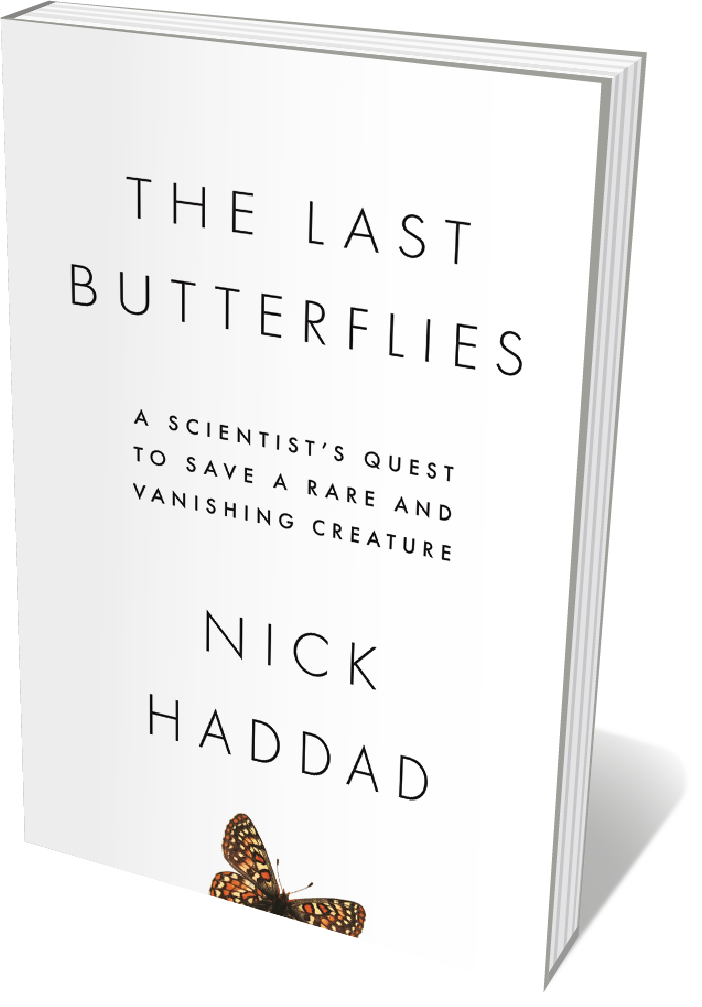
Nick Haddad Princeton University Press (2019)
Terrestrial ecologist Nick Haddad studies the beleaguered denizens of liminal lands: the world’s rarest butterflies. Far from niche research, he argues, findings on species and subspecies such as the St Francis’ satyr (Neonympha mitchellii francisci) and crystal skipper (Atrytonopsis quinteri) offer a valuable lens on the biodiversity crisis. Yet Haddad does not just gather data on habitat loss and other drivers of decline — although he does that with crystalline acuity. He emphasizes that measures such as restoring ecological systems can protect populations of these fragile “ambassadors of nature”, against the odds.
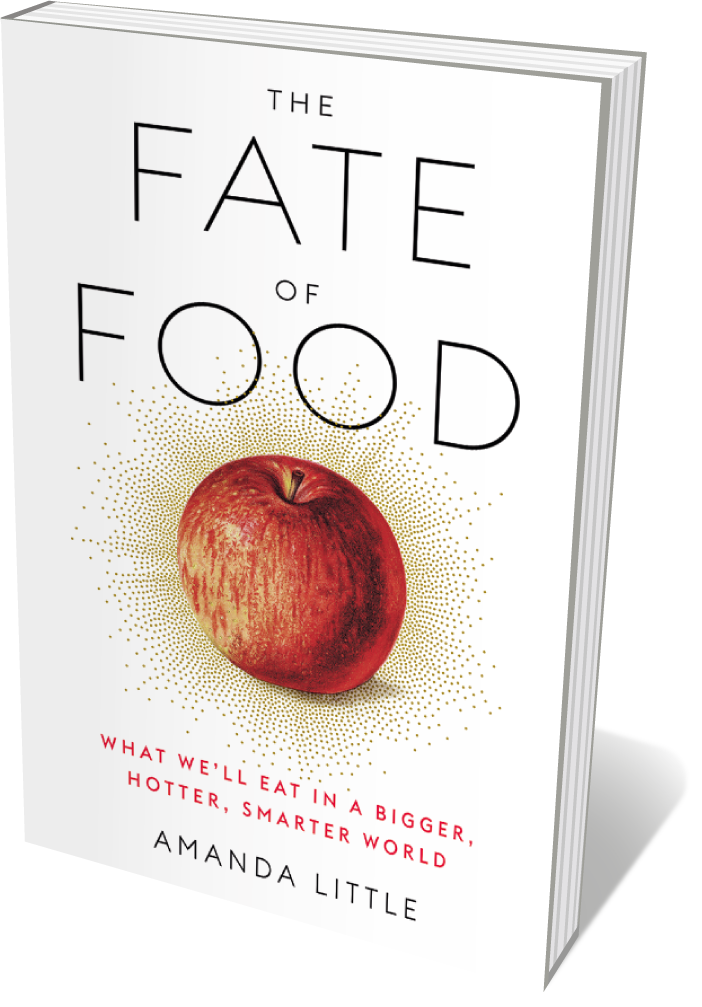
Amanda Little Harmony (2019)
As Earth’s human population tips towards 8 billion, is our food system up to it? In this tour of the brave new world of adaptive production, environmental journalist Amanda Little encounters robot weeders, aquaponics innovators, permaculture farmers, toilet-to-tap water recyclers and other players in the field — both high-tech innovators and eco-traditionalists. That balanced viewpoint extends to broader discussions of debates over genetically modified crops in Kenya and cultured meat production in the United States. Witty, nimble and timely, this is a gem of crack reporting.
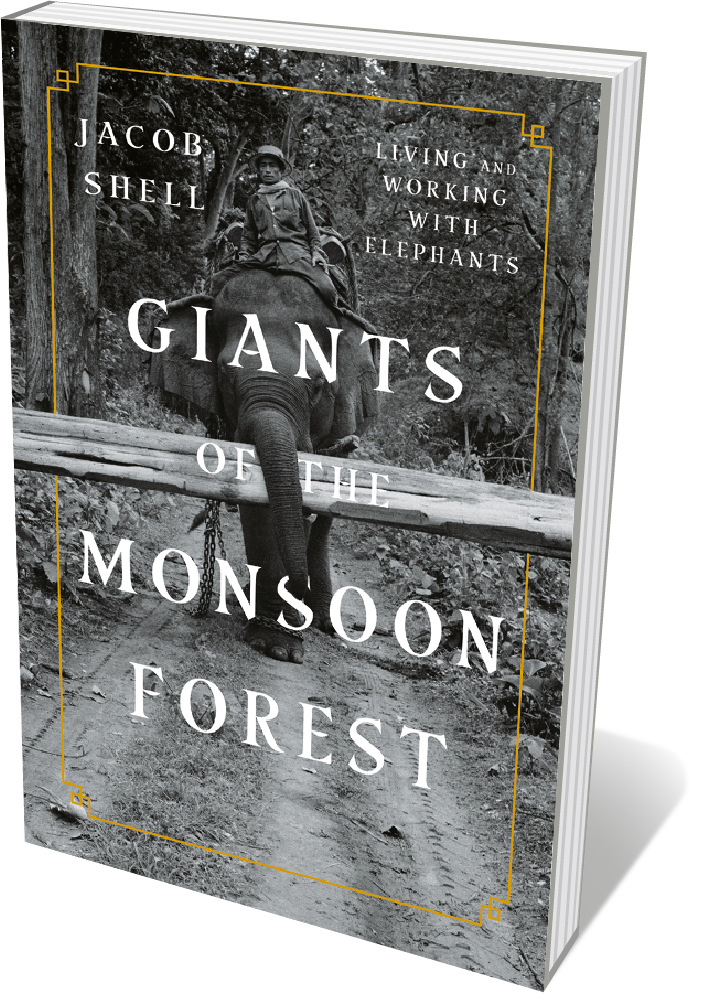
Jacob Shell W. W. Norton (2019)
In this thought-provoking study, geographer Jacob Shell probes an unusual interspecies alliance: the relationship between people and the working elephants of Indonesia, Myanmar and India. Never selectively bred, the night-roaming pachyderms are essentially wild, yet engage in cognitively demanding tasks such as rescue work during floods. Examining everything from the muscular miracle of the beast’s proboscis to the species’ wartime work, Shell also charts the threats facing Asian elephants, and the dearth of local voices in relevant policymaking.






